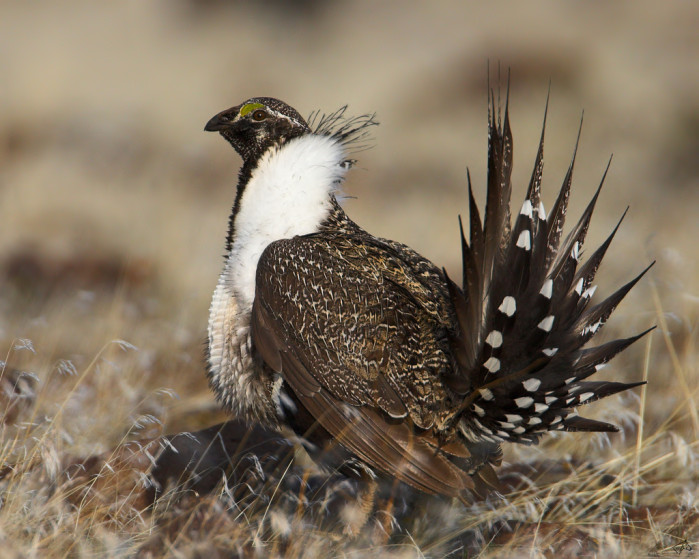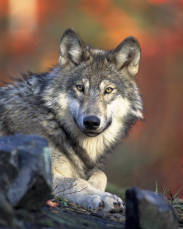 “The Idaho Department of Fish and Game will conduct lethal control actions on ravens in three study areas in southern Idaho beginning this spring, and evaluate whether the removal improves sage-grouse populations,” a department press release says. Sage-grouse are a candidate for listing under the Endangered Species Act, the press release notes.
“The Idaho Department of Fish and Game will conduct lethal control actions on ravens in three study areas in southern Idaho beginning this spring, and evaluate whether the removal improves sage-grouse populations,” a department press release says. Sage-grouse are a candidate for listing under the Endangered Species Act, the press release notes.
A Reuters article that ran in the Chicago Tribune points out that the department has ranked predation 12th out of 19 causes of the sage grouse’s decline. The Reuters article also notes that because ravens are protected under federal law, the state needed, and received, a permit from the US Fish and Wildlife Department for the lethal control study.
The Reuters article also notes that Nevada has already killed thousands of ravens in recent years in an attempt to save the sage grouse.
The Idaho press release says that raven populations have risen dramatically in the West. It also says that it will “work with landowners and land management agencies to implement non-lethal control of raven populations into the future. The goal will be to limit the ability of ravens to nest on artificial nesting structures, such as water towers, old buildings and transmission structures, and reducing or eliminating attractants such as dead livestock and garbage.”
Read the Idaho Department of Fish and Game press release here. It contains a link to a map of the study area.
Read the Reuters story in the Chicago Tribune here.
Photo: Raven, by Gary Stolz, courtesy US Fish and Wildlife Service

 On Wednesday, NPR had a piece on the Sage Grouse Initiative in Montana. There are photos and audio (or you can just read the article).
On Wednesday, NPR had a piece on the Sage Grouse Initiative in Montana. There are photos and audio (or you can just read the article).